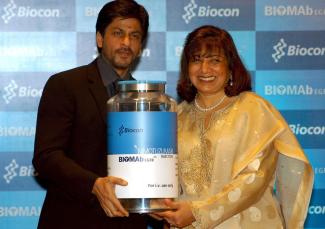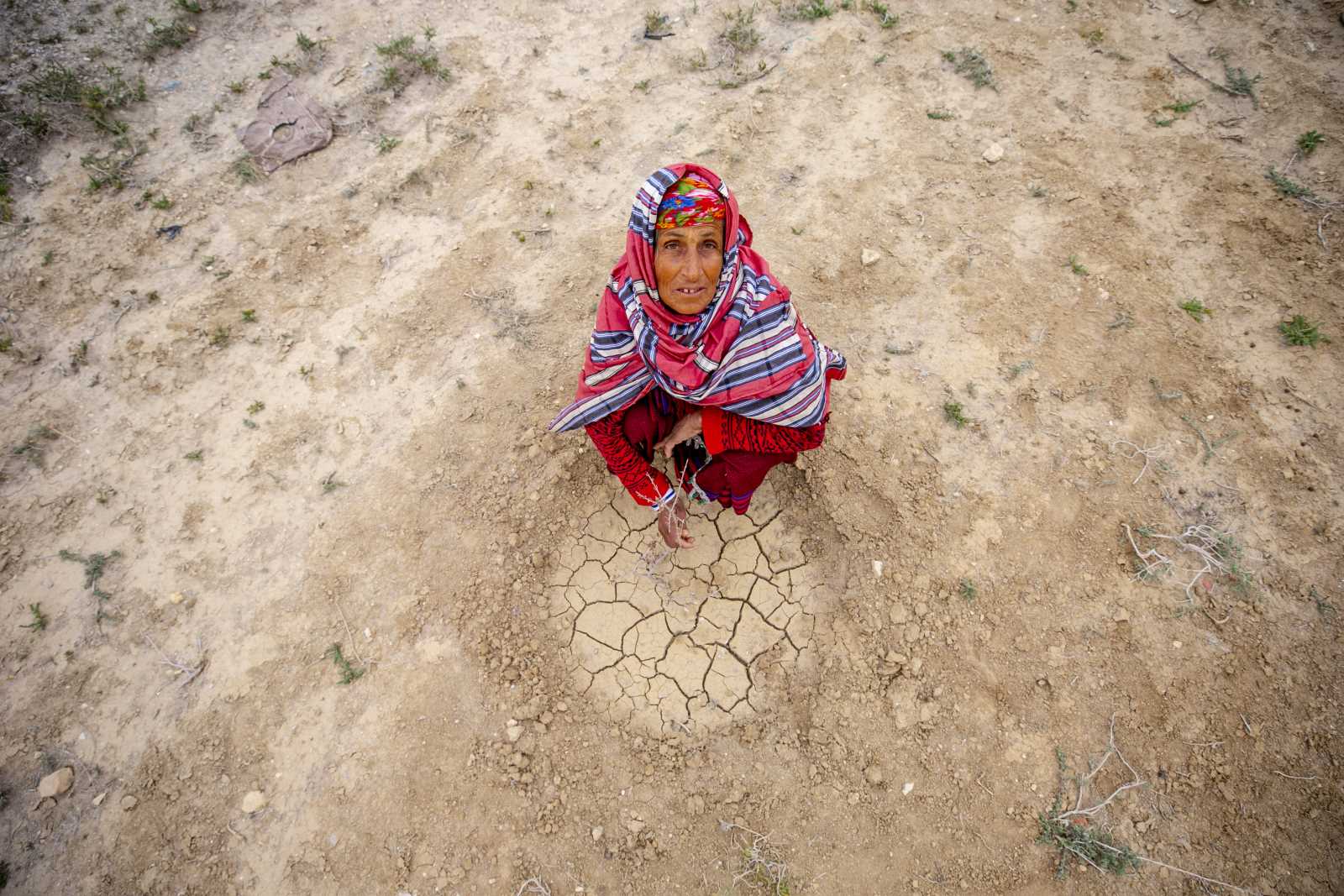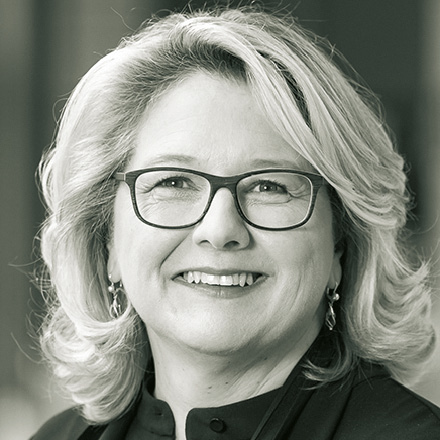Financial inclusion
Investing in women

Why are CDC Group and other development finance institutions (DFIs) – government-owned agencies that provide risk capital for developmentally relevant private-sector projects – applying a “gender lens” to their own investment decisions?
There is an increasingly well documented commercial case for gender-lens investing. Gender-diverse boards and management teams typically perform better. Managed well, moreover, a more gender-balanced workforce has higher productivity, higher employee-retention rates and many other benefits. In addition, women hold something like 80 % of consumers’ decision-making power globally. So if businesses do not pay attention to them, they are missing the consumer base that will help them grow. This is also true for businesses like banks that provide financial products. Far too many women entrepreneurs are under-served. We also see a lot of positive social impacts. For example, gender diversity in company leadership tends to translate into more business integrity and better governance, including in regard to environmental and social issues. Gender-diverse leadership teams value men and women equally, so more attention to women marks their entire value chains.
Given there are so many benefits, why must you tell lenders and investors to take note?
What we are seeing is essentially a market failure. There is bias in financial markets concerning women-owned small businesses, for example. The typical expectation is women in business pose greater risks and are not growth oriented. On the other hand, the entire concept of gender-lens investing is untested in the financial industry. It will take five to seven years before we know how today’s investments in women-owned small businesses will do. In addition to systemic bias, structural problems hinder female entrepreneurs in financial markets. Women often don’t have the collateral or credit rating that they need to access loans through traditional channels. Moreover, banks’ data systems are not geared to lending to women entrepreneurs, whose professional track record tends to be short. Not many women have been entrenched in their industries long enough to build the kind of profile that investors look for.
How are DFIs addressing these barriers?
Our ultimate aim is to move capital into women-led and gender-smart businesses on a sustained basis. This is going to require changing ‘business as usual’ amongst investors. As a first step, DFIs set a collective financial target for investing in women. Around 2017, the seven DFIs of the G7, the group of leading industrialised countries, realised that none of us were even counting where women participate in our investments. At the G7 meeting in Canada in 2018, we launched a call to action, which we called the “2X Challenge”. The name was a nod to the female chromosome, but also a nod to the value we see in women-focused investing. The 2X Challenge initially set a target of $ 3 billion in gender-lens investments by the end of 2020. We did much better than that. By the end of 2020, participating DFIs had committed $ 7 billion, and on top of that, the DFIs had mobilised another $ 4 billion in commercial capital, so the total was $ 11 billion. At the same time the 2X project attracted new participants. The current membership is 18 DFIs and multilateral development banks, including the World Bank’s International Finance Corporation (IFC), the European Investment Bank (EIB) and the European Bank for Reconstruction and Development (EBRD).
Aside from investing funds with a “gender lens”, how have participants in the 2X Challenge sought to lower barriers to women in financial markets?
We have jointly developed a framework to guide gender-smart investment decisions. The “2X Framework” is a set of criteria and performance metrics. Specific thresholds define which requirements an investment should fulfil in order to be considered gender-smart. They include:
- the share of women in a firm’s leadership,
- the percentage of female ownership,
- the male-female ratio among employees and
- the proportion of a company’s products and services specifically targeting female consumers.
We have been careful to harmonise these criteria and indicators with investment standards that are already out there. We want to make sure we are not creating confusion. We want to build an open runway for capital to move to gender-smart investees. The 2X Framework allows an investor to track its own performance in gender-lens investing. We are doing this with our own portfolio at CDC Group, and we will ask our investees to track their results. Reporting and tracking are important elements of the Framework. In the same way that reporting on environmental, social and governance (ESG) criteria has become mainstream for investors and companies, reporting on gender and diversity performance will likely become widespread as well.
Is the 2X project also looking to support female-led investment funds – such as private equity firms, venture capital funds and credit funds?
Yes, and we focus in particular on women-led funds that invest in women-focused businesses.
There is significant momentum in the market right now, but barriers still persist because the women-led and gender-balanced investment fund teams tend to be rather young. Established players therefore view them as higher risk. Adding to the problems, these investment funds are often financed from the owners’ own pockets and from friends and family.
Are DFIs making a difference?
Well, we are trying to help this group of emerging fund managers to leapfrog over those barriers. Over the past 18 months, we have been approached by more than 60 investment funds led by women in developing countries. Typically they are first-time teams without track records. We can’t invest in them right now because of our own investment parameters, and the same goes for the large institutional investors. However, we are developing an accelerator facility to give capital to these fund managers, to get them up and running, so that they can prove they are good risks. DFIs are building a shared global facility that will be capitalised by members of the 2X project. The facility will provide start-up cash to these fund managers. As the funds succeed, they will be considered by ever less scepticism.
What other plans are under way?
At the latest G7 summit in Cornwall we set the next three-year target: $ 15 billion. We have additional participants, including the IFC and EBRD, with large portfolios and significant assets under management. We will keep using the 2X framework criteria, but with an ambition to create innovative platforms to overcome some systemic blockages. For example, there are still challenges in getting capital into the hands of female entrepreneurs in small and mid-sized enterprises (SMEs). The other significant development is that we have created an industry body, called the “2XCollaborative”, a global network for gender-lens investing. It will have a professional leadership and be open to all types of capital providers, not just DFIs and multilateral banks. We are speaking with pension funds and other large institutional investors, major commercial banks and development banks for example. Many of them are applying the 2X Framework. What we are developing is therefore relevant for finance writ large.
What do you expect the new network to do?
The 2XCollaborative will offer a few things. The two most important are:
- It will foster working groups focused either on certain asset classes, such as investment banking, or on thematic initiatives. The latter working groups might assess applying a gender lens to climate finance or racial equity. We are also considering applying a gender lens to specific sectors, such as infrastructure.
- It will implement a process to certify and verify whether an organisation – including large institutional investors – meets the criteria of the 2X Framework. So far, lenders or investors had to check for themselves. Establishing a third-party verification mechanism will help to build confidence and ensure effectiveness. At this point, there is so much interest in the market that we are at risk of ‘pink-washing’, if you will – deceptively using marketing to persuade the public that an organisation’s products, aims and policies are women-friendly, even if they really aren’t. A sound and replicable verification and certification process will help to avoid that.
Jen Braswell is director of value creation at CDC Group, the UK’s government-owned development finance institution, which has invested in Africa and Asia for over 70 years.
jbraswell@cdcgroup.com
https://www.2xchallenge.org/
https://www.2xcollaborative.org/









